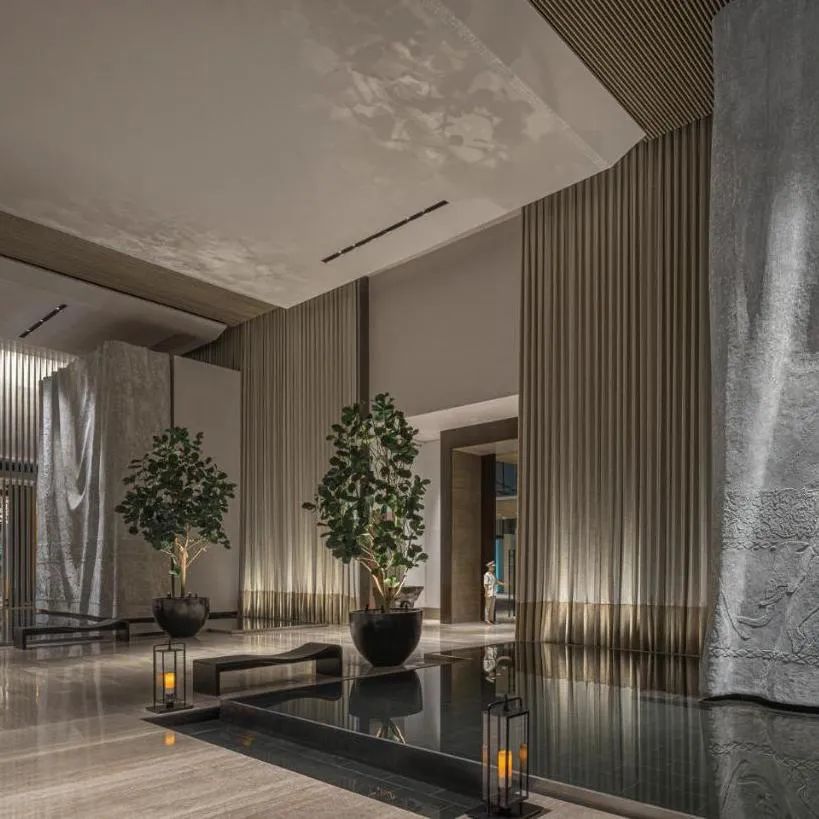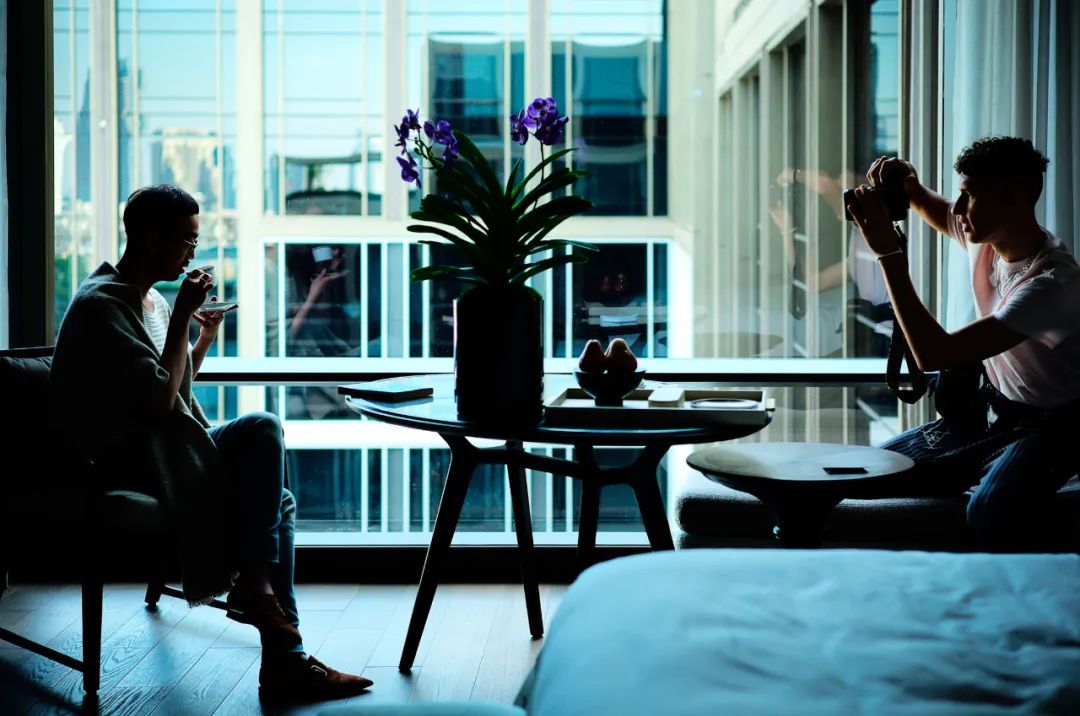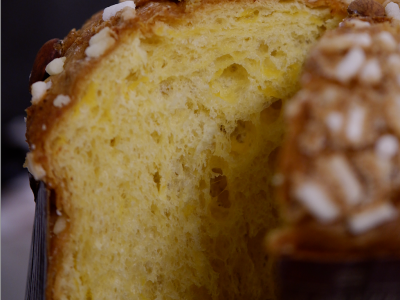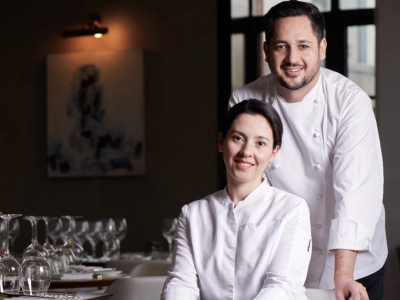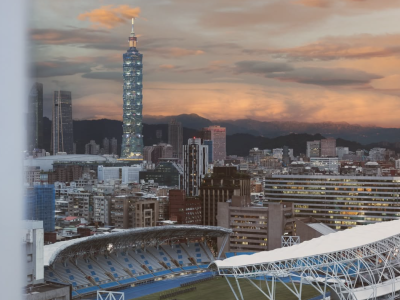Four Seasons
The avid expansion of Four Seasons hotels and resorts around the globe and all sorts of spicy pre-opening or renovating news never fail to entertain my set of hotel junkies and hoteliers.
Some of the most extraordinary accommodation experiences in the previous decades utter certain acclaimed Four Seasons resorts. My fondness hardly wanes for the scenic Four Seasons Sayan by John Heah in central Bali and the idyllic Lanna paradise Four Seasons Chiangmai.
Impeccably exclusive and personal, the Four Seasons Sayan indulges guests with even the slightest whims against the splendid backdrop of Ayung river valley. And my travel mate was so spoilt by the poolside barman that he almost slept over on the comfy cabana bed.
Yet, such a favoritism never seems to be instilled by urban Four Seasons hotels, which are perhaps too sleek and sober in the style. And some of the post-COVID Four Seasons stays are flawed and compromised to an unbelievable extent. My Four Seasons Ōtemachi experience was a true disappointment from the lousy housekeeping to the breakfast chaos. Hence my loss of the trust for the Four Seasons, together with the global hospitality talent shortage were considered not to be amended readily.
With little expectation in mind, the yearend getaway in the Four Seasons Bangkok at Chao Phraya River turns into an extraordinary rescue.

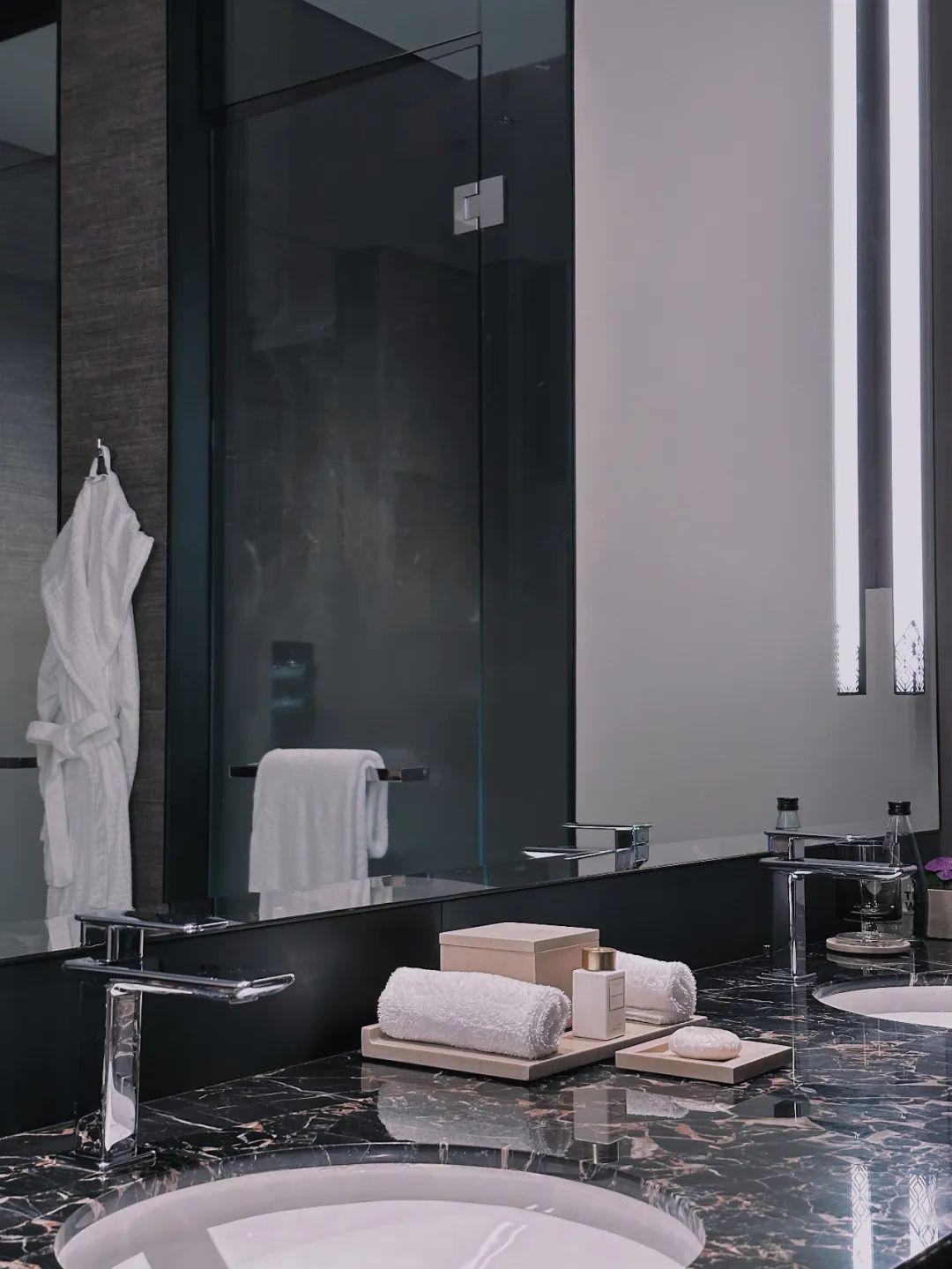
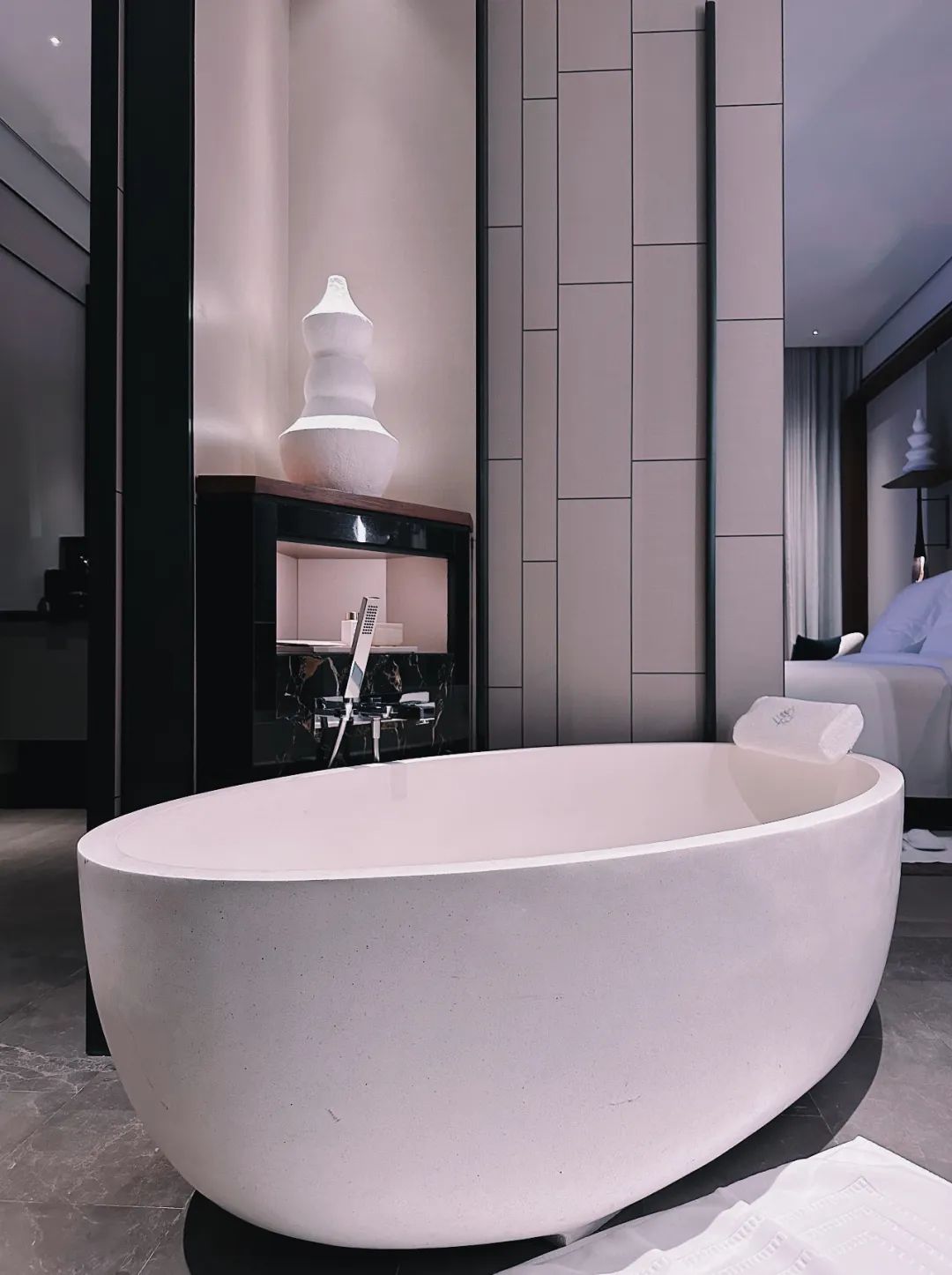
Bangkok
After a six-year hiatus, Four Seasons comes back with an incredibly stylish Jean-Michel Gathy crown jewel. Swapping its central location for the riverside, the Four Seasons Bangkok has transformed into a city resort with overt design credentials.
Immediately visible from the vestibule of the grand lobby, the muted courtyard and the water scenes are a tribute to the Chao Phraya river. Warm, courteous, and genuine, the acclaimed Four Seasons services begin from the arrival, and guests are whisked through the art-stubbed reception to the sleek and domestic ambience guest room.
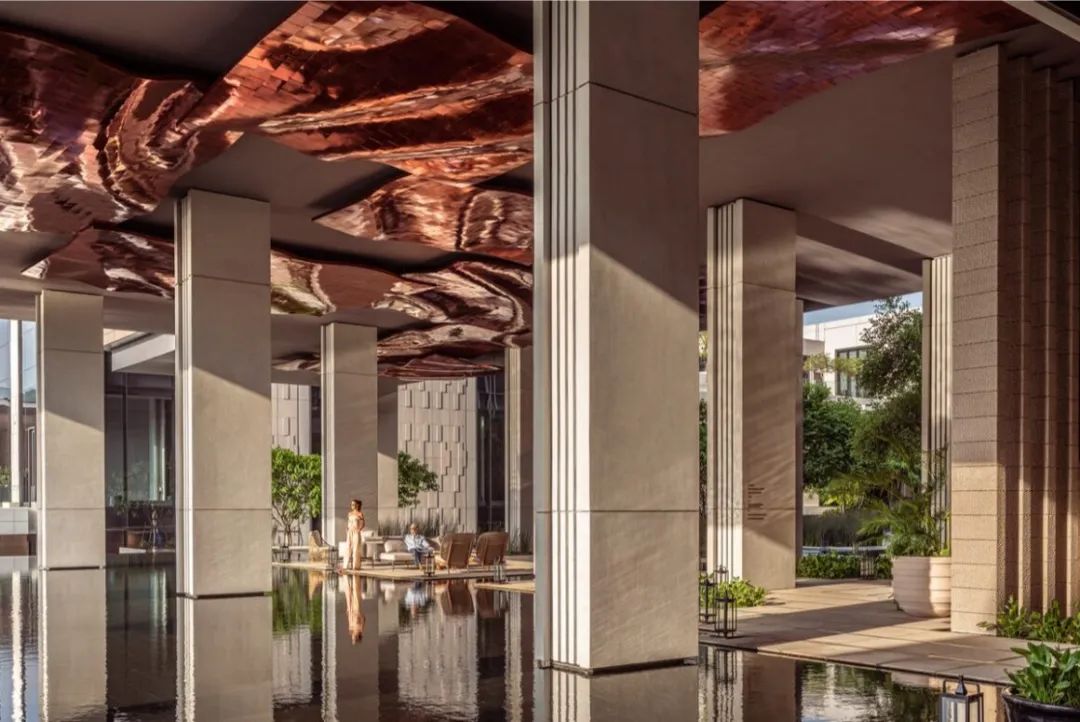
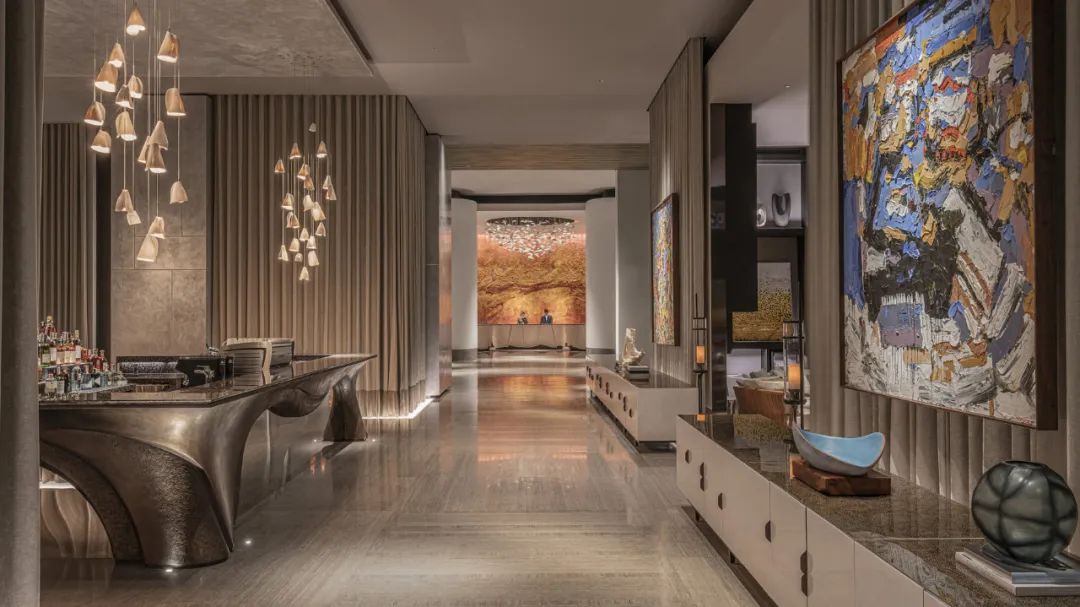
I am particularly mesmerized by the color palettes of taupe and grey. The appointment of faux ostrich leather, Thai silks and marble oozes an exotic but contemporary luxury.
Worth noting is that despite the riverfront setting, some of the rooms don’t have river views – they look out over the city or one of the hotel’s courtyards instead. And the most sought after rooms do face the river with floor-to-ceiling windows on more than one side to revere the mighty Chao Phraya in all its glittering glory.
Excellence
Genuinely warm and caring, the Four Seasons Bangkok exemplifies a perfect urban hotel experience with every previous trait of a resort. An incident of flower bouquet delivery error with immediate intervention from the concierge doesn’t seem to affect the seedless nirvana experience this hotel endeavors to deliver.Even if my favoritism for the Siam and the Mandarin Oriental Bangkok remains unchallenged, yet the Four Seasons Bangkok at Chao Phraya deserves such a distinction and high ranking as the world’s third best hotel of the list. It is fated that this Jean-Michel Gathy statement project will radiate a nuisance of excellence.
Author:Joseph Wan
Photo:Joseph Wan/fourseasons.com
Cover:theworlds50best


